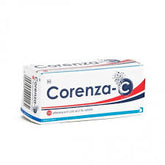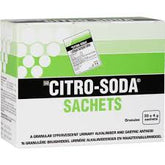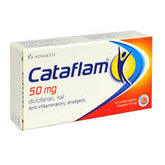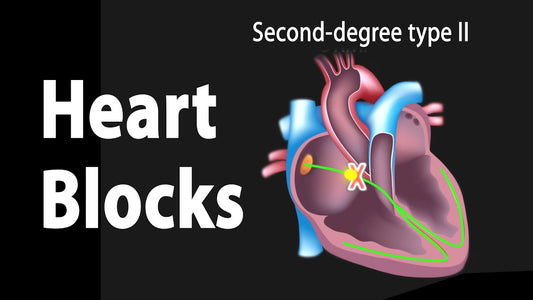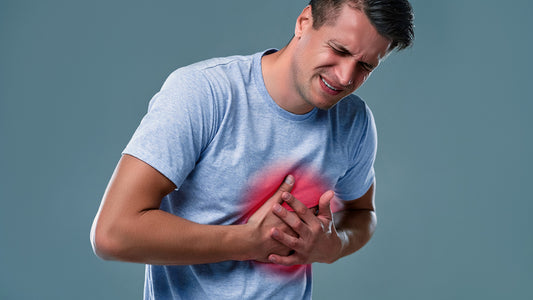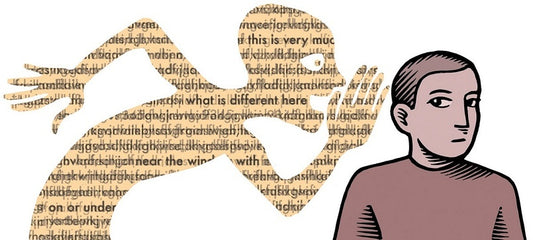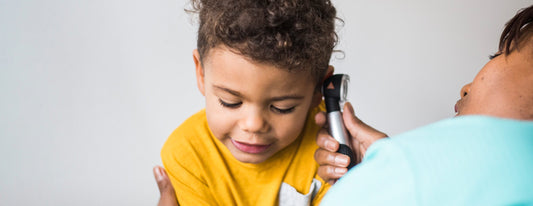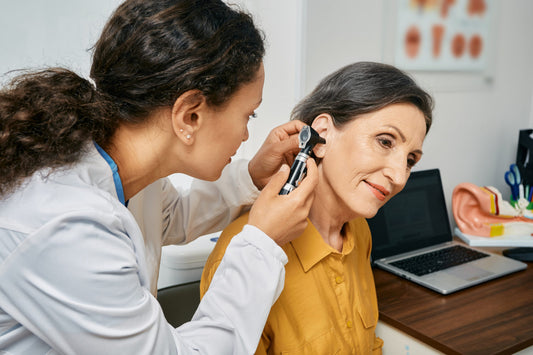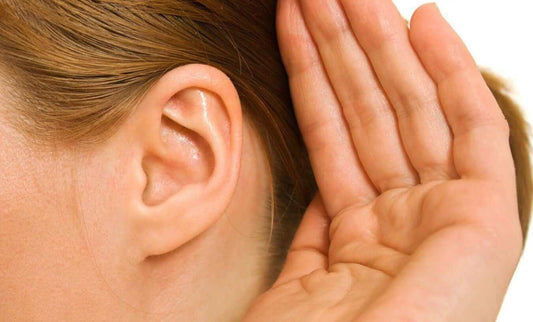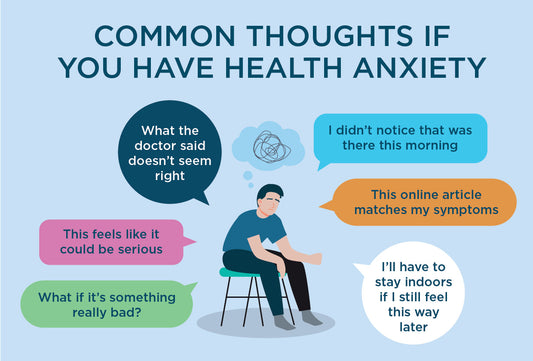featured Heart block
On by ZimSeller Pharmacy 0 comments
Heart attack
On by ZimSeller Pharmacy 0 comments
Hearing voices
On by ZimSeller Pharmacy 0 comments
Hearing tests for children
On by ZimSeller Pharmacy 0 comments
Hearing tests
On by ZimSeller Pharmacy 0 comments
Hearing loss
On by ZimSeller Pharmacy 0 comments
Health anxiety
On by ZimSeller Pharmacy 0 comments




